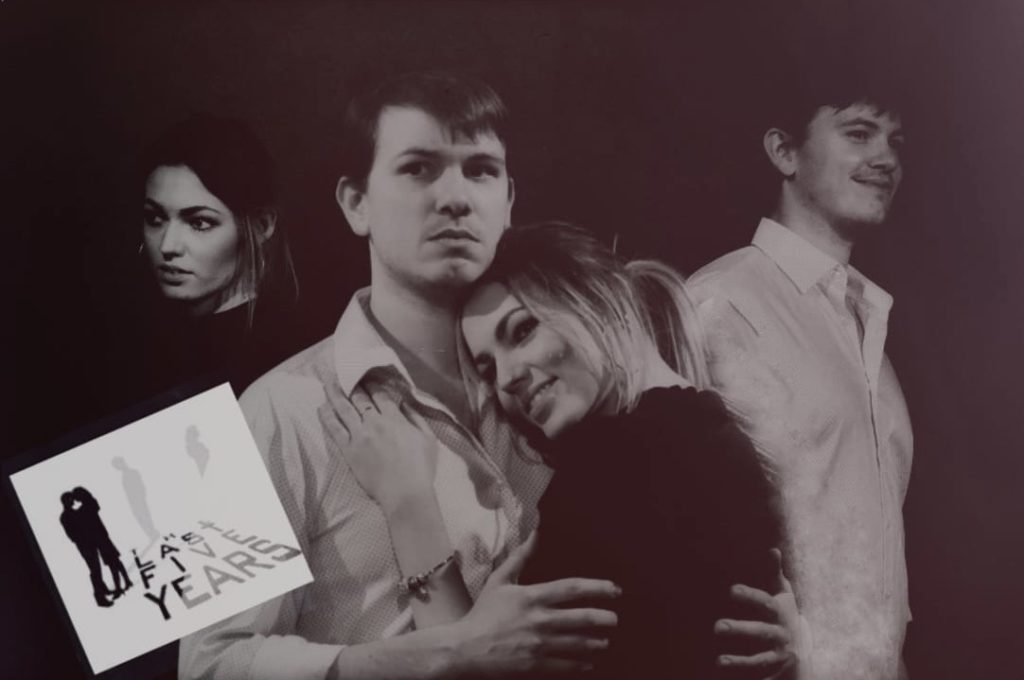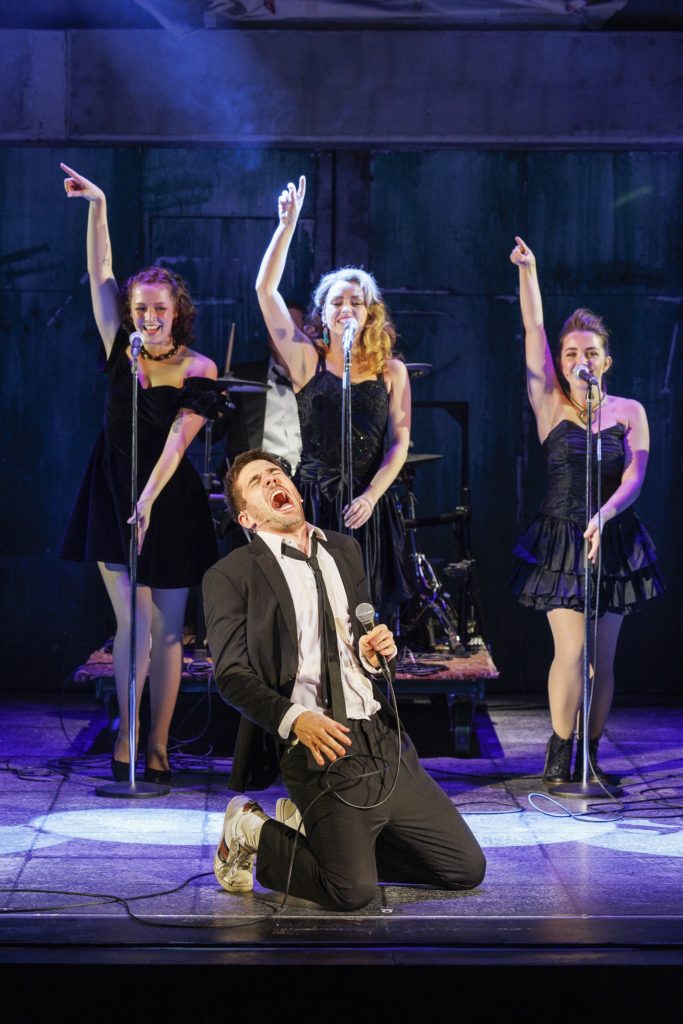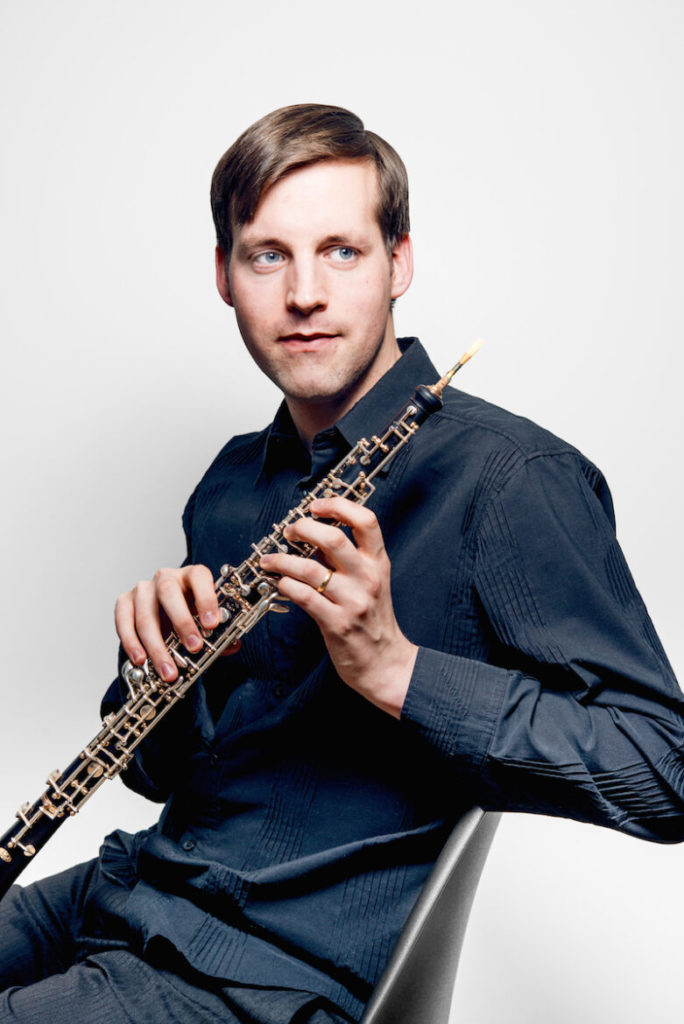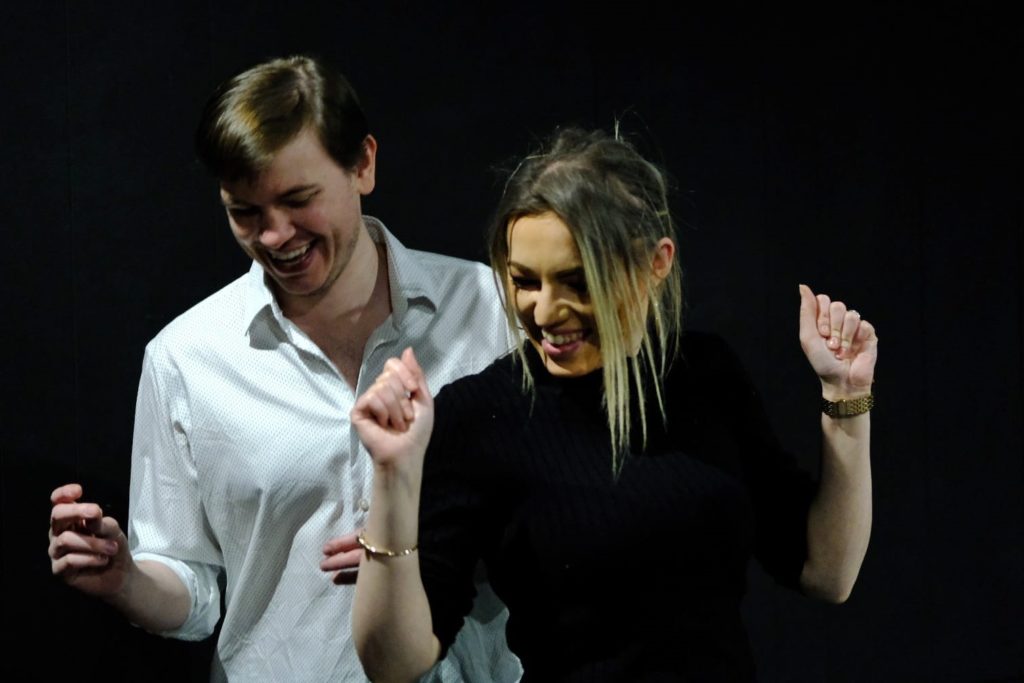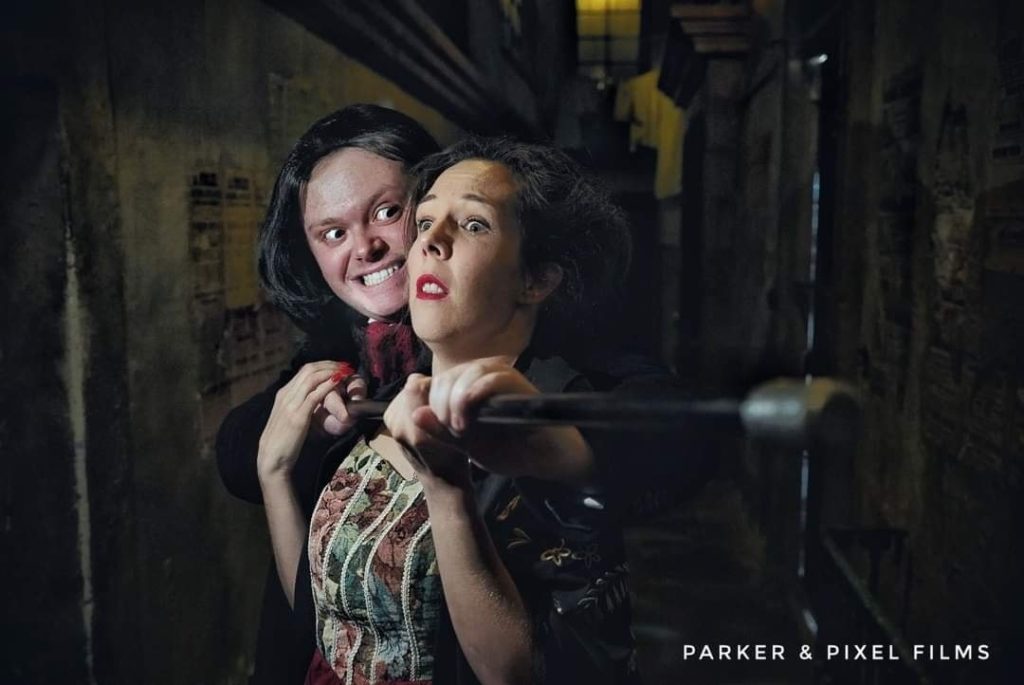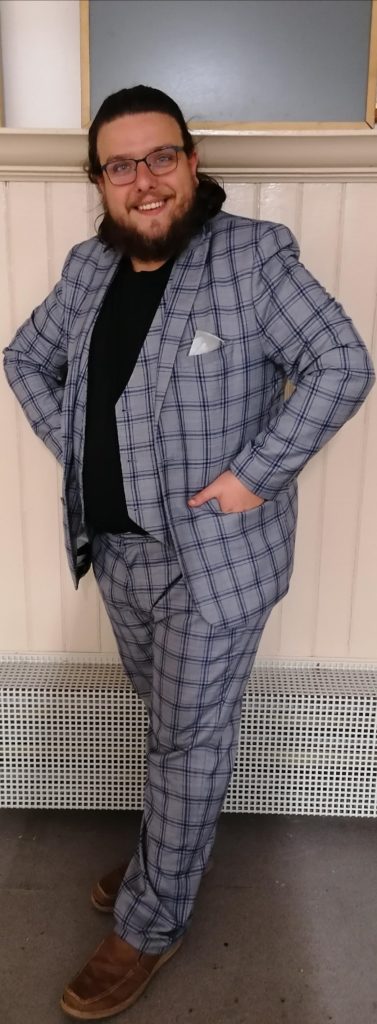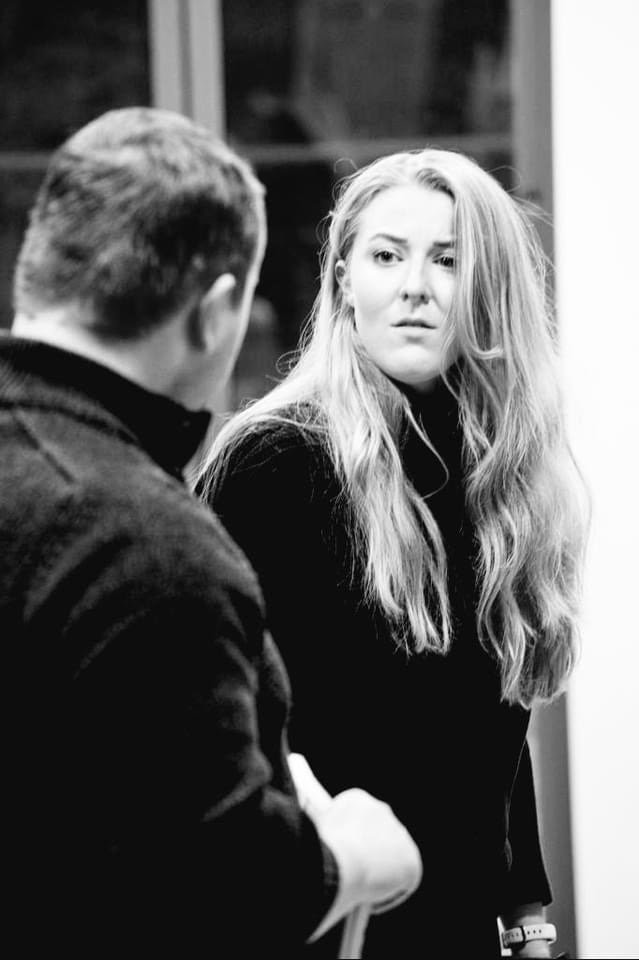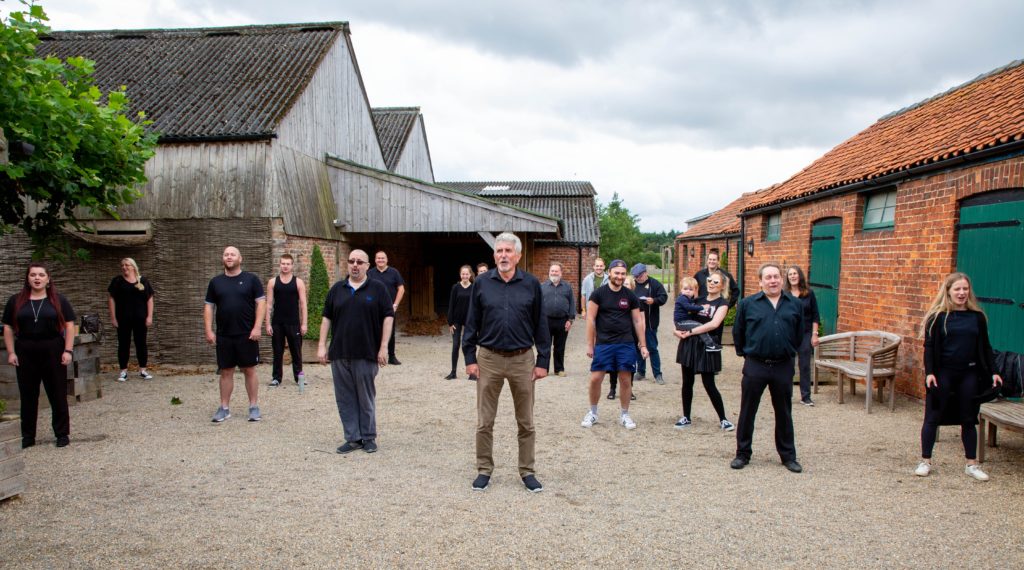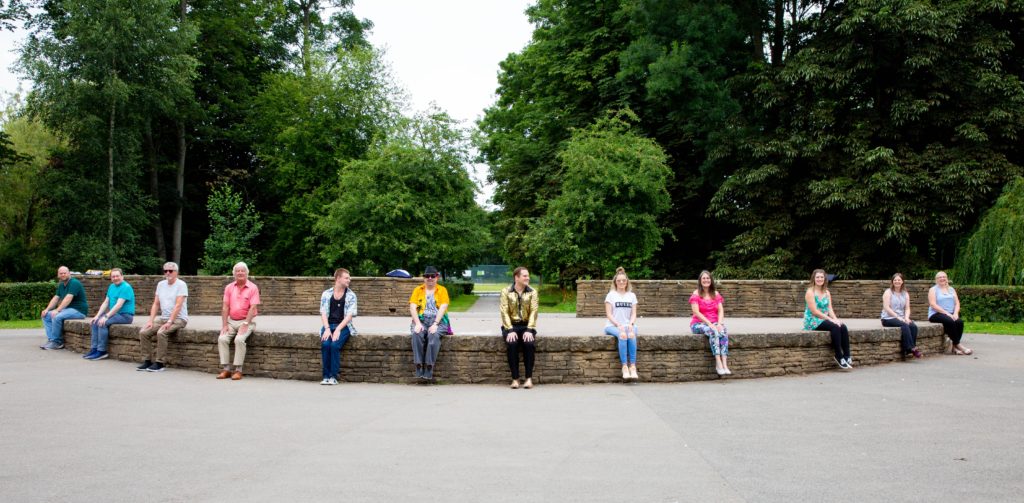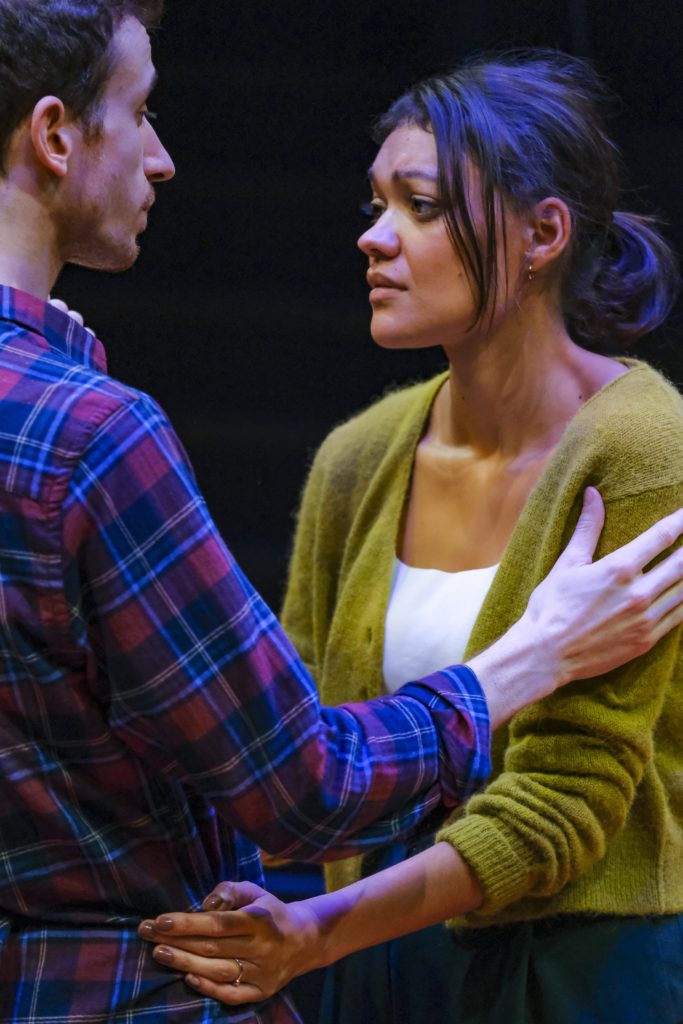
Nick Payne’s Constellations, Stephen Joseph Theatre, Scarborough, written in the stars, until Saturday, 7.30pm nightly, 2.30pm Saturday matinee. Box office: 01723 370541 or sjt.uk.com
White Rose Theatre in Jason Robert Brown’s The Last Five Years, Theatre@41, Monkgate, York, in the tunnel of love until Saturday, 7.30pm nightly; 2.30pm Saturday matinee. Box office: tickets.41monkgate.co.uk.
HERE is a brace of award-garlanded boy-meets-girl one-act two-handers, each playing with time and space with all the elan of Alan Ayckbourn’s playful works of this ilk.
First up, Constellations, University of York alumnus Nick Payne’s multiverse play already staged in York this year by Black Treacle Theatre’s Andrew Isherwood and Jess Murray at Theatre@41 in February.
Named as one of the 50 best plays of the 21st century by the London Evening Standard, now it is in the supple hands of Stephen Joseph Theatre artistic director Paul Robinson, whose cast features Emilio Iannucci, an actor whose thrilling combination of mental agility and physical alacrity has delighted York Theatre Royal and Shakespeare’s Rose Theatre audiences alike.
In Payne’s exploration of the myriad paths one love story can take from one meeting, Iannucci plays beekeeper Roland – with more than one sting in the tale – opposite Carla Harrison-Hodge’s scientist Marianne. “The action takes place (sort of) chronologically,” the programme forewarns. “A change of scene indicates a change of universe”.
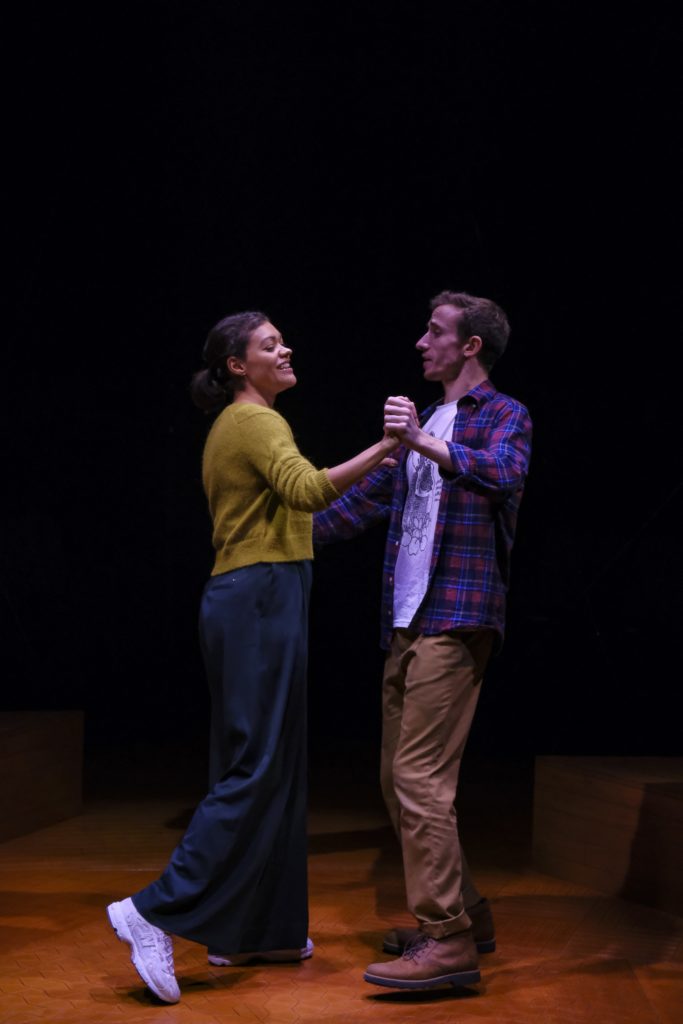
To avoid any consternation over Constellations, in a nutshell, each scene – the first meeting, the first date and – spoiler alert – the break-up – unfurls in several different ways, as Iannucci and Harrison-Hodge jump from universe to parallel universe with dazzling speed over 70 minutes in a world of What Ifs and endless possibilities, the next leap dependent on the decision each makes.
Comparisons have been made with the films Sliding Doors and Groundhog Day and, more pertinently, with York-born author Kate Atkinson’s novel Life After Life. Sliding Doors keeps offering two possibilities; Groundhog Day replays the same day over and over; Life After Life posits alternative possible lives for Ursula Todd after death after death.
Bolder still, yet shadowed by the finite nature of life, Constellations combines science and art, physics and chemistry, romance and alternative realities, in an otherwise simple love story.
All life is here within these Constellations: happiness and sadness; honey sweetness and ill health; devotion and cheating; certainty and uncertainty; tremors of the heart and traumas of the mind; the everyday and the extraordinary; decisions big and small; questions and more question; connection and disconnection. A day in the life and the life in a day. The roll of the dice; the truth and the lies.
On a breathtaking set by TK Hay of wooden blocks within a geometric carapace of one and a half miles of fibre-optic cable lighting, Iannucci and Harrison-Hodge talk and move equally nimbly, in response to Payne’s text, Robinson’s direction and Jennifer Kay’s movement direction alike. Sign language speaks volumes too.
Like the sky-at-night lighting’s evocation of drawing lines from star to star, the multifarious stories travel up and down lines of humour and heartbreak, light and darkness, exhilaration and loss, warmth and sudden chill, to the point where you care deeply about Roland and Marianne, whatever direction their paths take. What’s more, you ponder what alternative routes your own life could have followed.
As Robinson puts it, Constellations is “deeply human, deeply moving, genuinely tilting the world for you”. In his notes, he challenges anyone not to leave the theatre “just a bit more aware of what a fragile and remarkable thing life is”. Job done, Mr Robinson. Fragile, remarkable, and always better for a trip to the theatre to appreciate that.

YORK Stage director Nik Briggs has long wanted to bring Jason Robert Brown’s emotionally charged 2001 American musical The Last Five Years to York, but his ideal couplings to play Cathy and Jamie have never been in York at the same time.
The York premiere instead falls to White Rose Theatre, the city’s newest stage company, in a passion project for director Claire Pulpher and fellow actor Simon Radford, who both name it as their favourite musical.
Brown drew on the trials and tribulations of his own failed marriage to Theresa O’Neill. So much so that she sued him on the grounds of the musical’s story violating non-disparagement and non-disclosure agreements within their divorce decree by representing her relationship with Brown too closely.
For Brown, read successful young novelist Jamie Wellerstein, Random House’s rising poster boy. For, well, let’s not say O’Neill, but any struggling actress, read Cathy Hiatt, from Ohio.
Brown’s sung-through musical has the novel structure of Cathy telling her side of the story from the end of the relationship backwards, while, at the other end of the stage, Jamie does so from the start forwards, as he lands a publishing deal at 23.
The songs take the form of internal monologues, alongside the occasional phone call, usually delivered with the other partner having left the stage, save for a duet where they touch for the first time, exchange marriage vows and swap ends to continue on the same trajectory. There is to be no middle ground in this relationship, no alternative paths, unlike in Constellations.
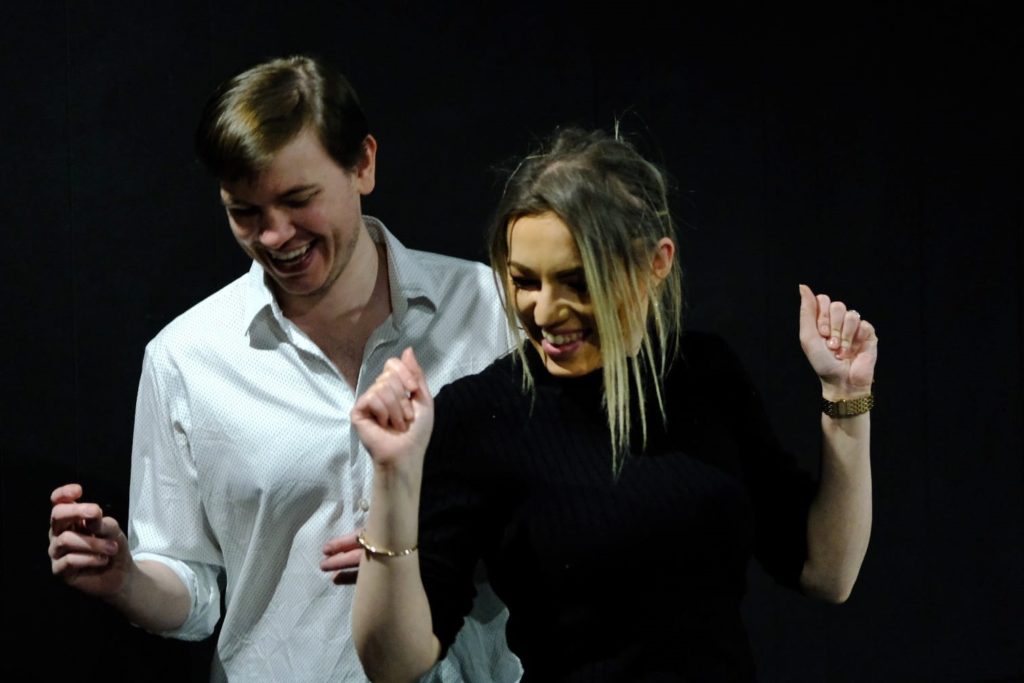
The singing brings to mind the work of Stephen Sondheim, melody playing second fiddle to recitative, (the form of accompanied solo song that mirrors the rhythms and accents of spoken language), whether upbeat when courting or for broken-hearted ballads.
The accompaniment, however, under the musical direction of Jon Atkin, is often beautiful as he leads a six-piece band with the strings to the fore: Marcus Bousfield on violin and Rachel Brown and Lucy McLuckie on sublime cello. Paul McArthur on guitar and Christian Topman provide the electricity.
The balance in the relationship can be played in different ways, more often with Jamie trying everything to save the relationship, to stimulate Cathy, in a gentler interpretation of the role. In song, Radford’s Jamie is intense, hyper, rising to the point of anger and shouting, uncompromising, in your face, over-confident, deceitful too.
Pulpher’s Cathy tunes into a different wavelength, more controlled, one where she experiences flights of happiness, frustration rather than embitterment with failed auditions, but moments of humour too before loss of confidence, insularity and loneliness take over.
Done this way, where Jamie is the one who is unreasonable, you wonder whether these two would ever have lasted five years or whether they were polar opposites never meant to travel in the same direction.
Nevertheless, the structure is engaging; the songs draw you in; the simple set of two chairs and one table at each end is well chosen, complemented by the regular changes of attire that match the two stories in one’s progress.
After the last two years in Covid’s shadow, seeing a new company of established York talents take its first steps in The Last Five Years is another reason to celebrate Theatre@41’s upward curve under chair Alan Park.
Review by Charles Hutchinson
Award-winning TK Hay lights up the SJT with fibre-optic design ‘unlike anything ever seen in a theatre production before’

HOTSHOT young designer TK Hay has created a dazzling and innovative set design for the multiverse story world of Nick Payne’s Constellations at Scarborough’s Stephen Joseph Theatre.
Crowned Best Designer in the Stage Debut Awards 2022, Hay has used over one-and-a-half miles of glowing fibre optic cable to create a web of light that surrounds actors Carla Harrison-Hodge and Emilio Iannucci.
Payne’s play looks at the ‘What Ifs’ that arise from a single meeting, following the crazy paving of the couple’s path through a multitude of possibilities depending on the decisions they make.
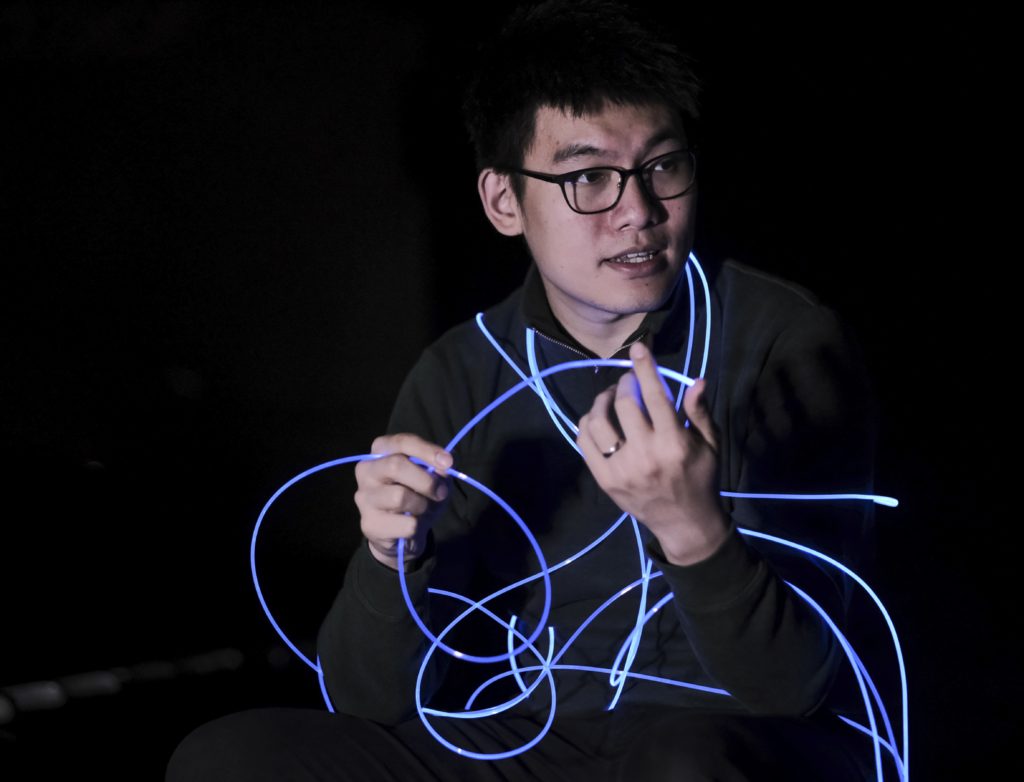
Hay was inspired by two installation artists to create a set “that is believed to be unlike anything ever seen in a theatre production before”: Chiharu Shiota from Japan, who makes huge and intricate networks of thread and yarn, and Italian “artist of pure light” Carlo Bernardini, who uses fibre optics, prisms and sculptural elements to form laser-like geometric installations.
“What we wanted was a design that responded to the action of the play, so the direction from the start was very visually focused,” says Hay.
“I was thinking about the connection between the two protagonists and how across all these different realities they are somehow managing to connect with one another.

“I pitched to Paul Robinson, the director, that we took Shiota’s and Bernadini’s work and fused it together – I thought it would look incredible!”
Robinson says: “TK’s design is absolutely remarkable: we’re pushing at not just what this play can do, but also what theatre form can do with what he’s come up with.”
The set design has created its own challenges for SJT’s production manager Denzil Hebditch, and technical manager Tigger Johnson.
Denzil says: “Working with fibre optics in this way wasn’t something we had done before, and we were concerned that we would struggle to achieve TK’s vision, but the results have been pretty spectacular!”




